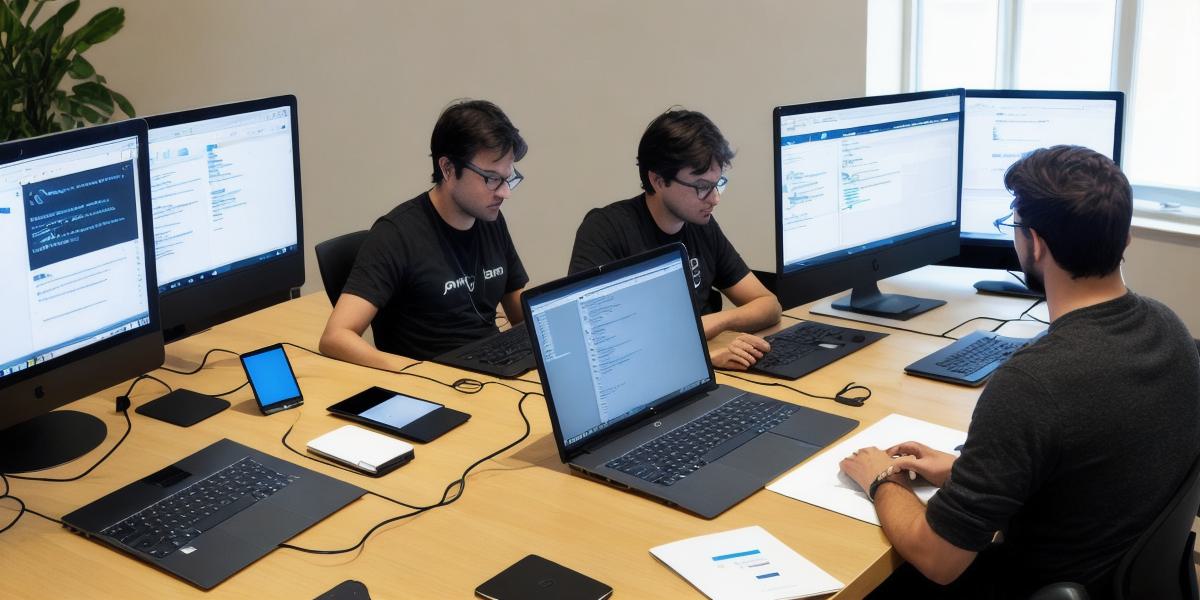web development using python django
Python is a popular programming language used for various applications, including web development. It’s easy to learn, has a large community, and provides access to numerous libraries and frameworks that simplify the process of building powerful web applications quickly. Django is one such framework that provides a full-stack solution for building scalable and secure web applications with Python.
In this article, we’ll explore key concepts and best practices for using Python and Django for web development. We will cover everything from setting up a project to creating views, templates, URL configurations, challenges, and how to overcome them. By the end of this article, you’ll have a solid understanding of how to use Python and Django for web development and be ready to start building your own projects.
Getting Started with Python and Django
Before we dive into the details of using Python and Django for web development, let’s first take a look at how to get started with these tools.
Python is available on most modern operating systems and can be downloaded from the official website (https://www.python.org/). Once you have Python installed, you can install Django using pip (Python’s package manager) by running the following command in your terminal:

<h2>pip install django</h2>Once you have both Python and Django installed, you can create a new project by running the following command:
<h2>django-admin startproject my_project</h2>This will create a new directory called "my_project" with all the files you need to get started with your project. You’ll also need to create a virtual environment, which is a separate Python environment that isolates your project from other applications on your system. To create a virtual environment, run the following command:
<h2>python3 -m venv my_venv</h2>This will create a new directory called "my_venv" with all the files you need to create a virtual environment. Once you have a virtual environment set up, activate it by running:
<h2>source my_venv/bin/activate</h2>This will tell Python to use the files in the "my_venv" directory instead of the system-wide Python installation. You can now install your Django project dependencies using pip within your virtual environment, which helps keep your project isolated from other applications on your system.
Building Your First Django Web Application
Now that you have your project set up, it’s time to start building your first web application using Django. A web application in Django is a separate Python module that contains all the views, templates, and URL configurations for a specific part of your website. To create a new web application, run the following command:
<h2>python manage.py startapp my_app</h2>This will create a new directory called "my_app" with all the files you need to get started with your web application. You’ll also need to add "my_app" to the INSTALLED_APPS list in your project’s settings.py file.
Once you have your web application set up, you can start building your views. A view is a function that handles incoming HTTP requests and returns an HTTP response. In Django, views are defined in a Python module within your app directory. To create a new view, define a function that takes an HTTP request as its argument and returns an HTTP response. For example:
from django.http import HttpResponse
<h2>def my_view(request):</h2>
return HttpResponse("Hello, world!")This will define a view called "my_view" that simply returns the string "Hello, world!" as its response. To test your view, navigate to the URL "/my_view/" in your web browser and you should see the message "Hello, world!".
